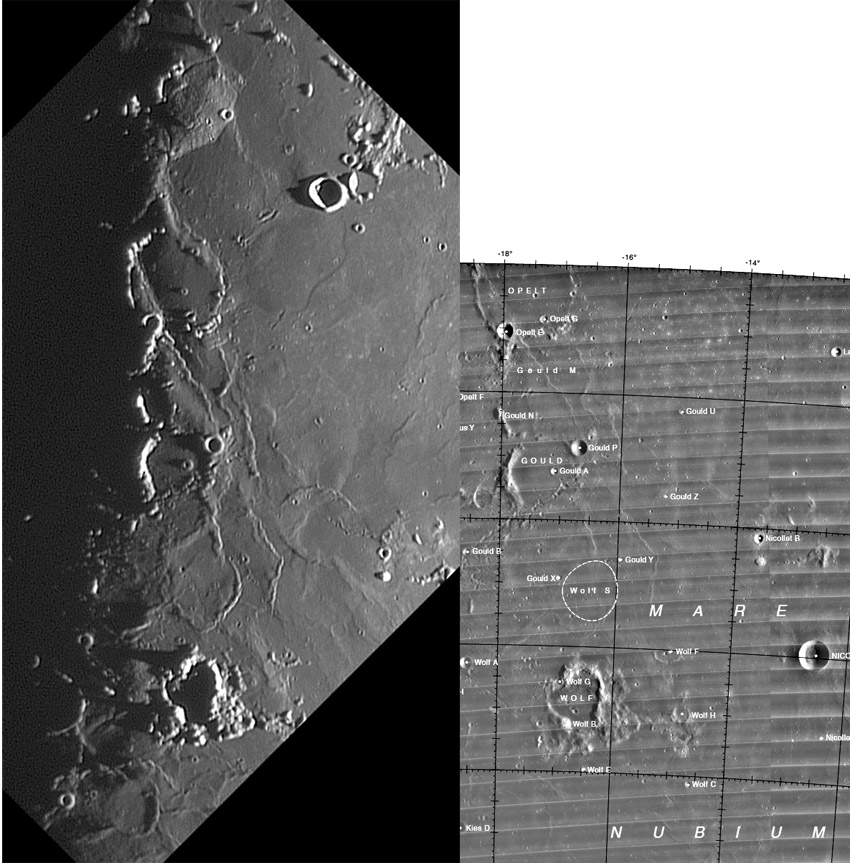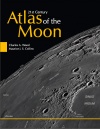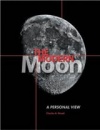Difference between revisions of "December 27, 2009"
| Line 3: | Line 3: | ||
<!-- ws:start:WikiTextHeadingRule:1:<h1> --> | <!-- ws:start:WikiTextHeadingRule:1:<h1> --> | ||
<!-- ws:start:WikiTextLocalImageRule:16:<img src="/file/view/LPOD-Dec27-09.jpg/111081483/LPOD-Dec27-09.jpg" alt="" title="" /> -->[[File:LPOD-Dec27-09.jpg|LPOD-Dec27-09.jpg]]<!-- ws:end:WikiTextLocalImageRule:16 --><br /> | <!-- ws:start:WikiTextLocalImageRule:16:<img src="/file/view/LPOD-Dec27-09.jpg/111081483/LPOD-Dec27-09.jpg" alt="" title="" /> -->[[File:LPOD-Dec27-09.jpg|LPOD-Dec27-09.jpg]]<!-- ws:end:WikiTextLocalImageRule:16 --><br /> | ||
| − | <em>left image by [mailto:as.kidd@tiscali.co.uk | + | <em>left image by [mailto:as.kidd@tiscali.co.uk Simon Kidd], Welwyn, Hertfordshire, England, and right from [http://planetarynames.wr.usgs.gov/images/Lunar/lac_94_lo.pdf LAC 94] of GPN</em><br /> |
<br /> | <br /> | ||
| − | Recently I have been writing a lot of descriptions of images - the reason why will become apparent in about 6 months - and have needed an accurate reference for nomenclature, direction, and scale. Not being able to use LTVT on my Mac I have been referring to the USGS <em>[http://planetarynames.wr.usgs.gov/dAtlas.html | + | Recently I have been writing a lot of descriptions of images - the reason why will become apparent in about 6 months - and have needed an accurate reference for nomenclature, direction, and scale. Not being able to use LTVT on my Mac I have been referring to the USGS <em>[http://planetarynames.wr.usgs.gov/dAtlas.html Gazetteer of Planetary Nomenclature]</em>. As an example, here is a direct comparison of Simon's Christmas night image of the line of ruined craters in Mare Nubium with the LAC 94 sheet of the GPN. The low lighting of Simon's view naturally reveals many mare ridges that are less visible in the Lunar Orbiter based LAC. Multiple lighting images could be used to improve interpretation, for example, it appears that the dashed circle for Wolf S should extend further to the west - at least to the location of Gould X. Simon commented that Opelt is crossed by a depression with a rumpled edge. It continues down through Gould M to Gould P, looking like a broad mare ridge. The most interesting feature on the telescopic image is the abrupt but normally subtle rise at the top; the small crater [http://planetarynames.wr.usgs.gov/images/Lunar/lac_76_lo.pdf Opelt K] is right on the boundary. At first I thought this was a megadome, but I think it is a kipuka, an elevated piece of earlier terrain surrounded by more recent lava.<br /> |
<br /> | <br /> | ||
| − | <em>[mailto:tychocrater@yahoo.com | + | <em>[mailto:tychocrater@yahoo.com Chuck Wood]</em><br /> |
<br /> | <br /> | ||
<strong>Technical Details</strong><br /> | <strong>Technical Details</strong><br /> | ||
| Line 16: | Line 16: | ||
<br /> | <br /> | ||
<hr /> | <hr /> | ||
| − | <div>You can support LPOD when you buy any book from Amazon thru [http://www.lpod.org/?page_id=591 | + | <div>You can support LPOD when you buy any book from Amazon thru [http://www.lpod.org/?page_id=591 LPOD!]<br /> |
</div> | </div> | ||
---- | ---- | ||
===COMMENTS?=== | ===COMMENTS?=== | ||
| − | + | Register, and click on the <b>Discussion</b> tab at the top of the page. | |
Revision as of 17:13, 11 January 2015
Ruin Line

left image by Simon Kidd, Welwyn, Hertfordshire, England, and right from LAC 94 of GPN
Recently I have been writing a lot of descriptions of images - the reason why will become apparent in about 6 months - and have needed an accurate reference for nomenclature, direction, and scale. Not being able to use LTVT on my Mac I have been referring to the USGS Gazetteer of Planetary Nomenclature. As an example, here is a direct comparison of Simon's Christmas night image of the line of ruined craters in Mare Nubium with the LAC 94 sheet of the GPN. The low lighting of Simon's view naturally reveals many mare ridges that are less visible in the Lunar Orbiter based LAC. Multiple lighting images could be used to improve interpretation, for example, it appears that the dashed circle for Wolf S should extend further to the west - at least to the location of Gould X. Simon commented that Opelt is crossed by a depression with a rumpled edge. It continues down through Gould M to Gould P, looking like a broad mare ridge. The most interesting feature on the telescopic image is the abrupt but normally subtle rise at the top; the small crater Opelt K is right on the boundary. At first I thought this was a megadome, but I think it is a kipuka, an elevated piece of earlier terrain surrounded by more recent lava.
Chuck Wood
Technical Details
Dec 25, 2009,1658 UT. Celestron C14 SCT at prime focus with a Skynyx 2 camera, about 900 frames from 3000.
Related Links
Rükl plate 53
COMMENTS?
Register, and click on the Discussion tab at the top of the page.



